
Frederick Joseph Harris of Mystic CT, passed peacefully at 5:47PM on 10/24/2025, with his family by his side. “Fred” was born on 11/25/1944 at Framingham Union Hospital to Frederick Everett and MaryRosa Camilla Harris.Fred was a proud patriot who loved his country. Fred received his bachelor’s degree in Marine Engineering from Maine Maritime Academy (with Honors) in 1967.

BY Captain Bobbie Scolley, U.S. Navy (ret.) and Rear Admiral Tim Gallaudet, U.S. Navy (ret.)For more than six decades, spanning from 1905 to the late 1970s, the U.S. Navy’s diving apparatus for deep ocean operations and salvage remained fundamentally unchanged. During this period, the demographic of navy divers also saw little alteration.
The United States will be able to use planned defence facilities in Western Australia that are to help deliver nuclear-powered submarines under the trilateral AUKUS nuclear submarine deal, Australian Defence Minister Richard Marles said on Sunday.Australia will spend A$12 billion ($8 billion) to upgrade facilities at the Henderson shipyard near Perth

The military and Coast Guard budgets are established that will benefit the U.S. ship building and repair sector, but what will stimulate the commercial yards?This author has been scratching his head of late, after a thrilling dive into July’s U.S. Big Beautiful Bill Act, and has asked several colleagues where the funding for support commercial shipbuilding can be found? To answer that
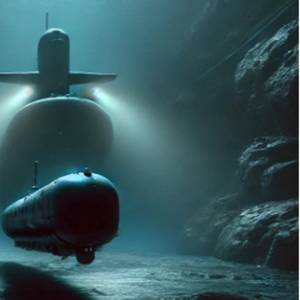
With all the Legislative fanfare, Executive Orders, Committee meetings, lobbying efforts and media announcements concerning American Shipbuilding, Naval Warfare and Maritime Dominance, it is no surprise that the result of the uproar is shear confusion within the maritime industrial base (MIB).
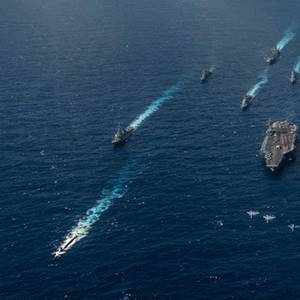
U.S. President Donald Trump wants a pay raise for troops, more high-tech missiles and drones in next year's defense budget, while cutting Navy jobs, and buying fewer ships and fighter jets to save money, according to budget materials posted Wednesday.At $892.6 billion, the defense and national security budget request is flat compared with this year.
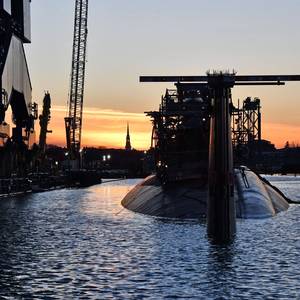
[The following are exerpts and paraphrasing from testimony given by Matthew O. Paxton, President of the Shipbuilders Council of America (SCA), to Congress on the morning of February 26, 2025.]While maritime strength and shipbuilding historically have been a cornerstone of global power, shifting times and geopolitical pressures impact readiness and output.
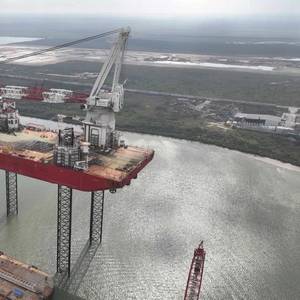
The United States' first Jones Act-compliant offshore wind turbine installation vessel (WTIV), Charybdis, has started sea trials ahead of delivery to Dominion Energy planned for later in 2025.The Seatrium AmFELS shipyard in Bronsville, Texas, has been in charge of the construction of the WTIV vessel, the first of its kind to be build in the United States.
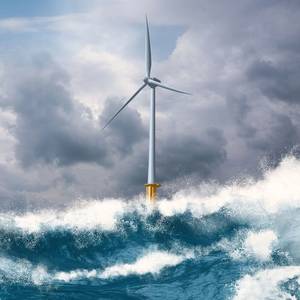
Companies that once committed to investing in U.S. offshore wind infrastructure and supply chains are now scrapping their plans as the industry experiences significant challenges. These setbacks stem from project delays, soaring costs, and the potential loss of federal support under former President Donald Trump’s proposed policies.
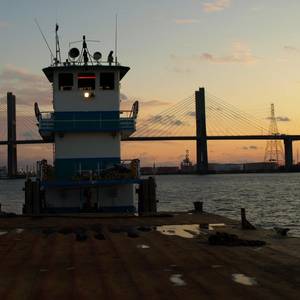
The more than half decade that has passed since the inception of the subchapter M towboat rule affords an up-close-and-personal look at how it is going. The scorecard is a mixed bag.More than six years ago, the U.S. Coast Guard (USCG) began inspecting towing vessels for compliance with the new towboat rules; specifically, 46 CFR Subchapter M.
With a strike possible again next month at East Coast and Gulf Coast container ports and President-elect Donald Trump planning to increase tariffs, the nation’s major container ports are expected to see a continued surge in imports through next spring, according to the Global Port Tracker report released today by the National Retail Federation and Hackett Associates.
![America’s Ports: A New Awakening [?]](https://images.marinelink.com/images/maritime/w300h300c/-154963.jpg)
Washington comes to grips with the reality that the domestic intermodal equation includes four modes. One of them is by water. It’s about time.One of the great things about spending five years in retirement (I mean, aside from being blissfully idle while you toiled) is that, when you do come back to work, you enjoy a truly fresh perspective in all aspects of your job.